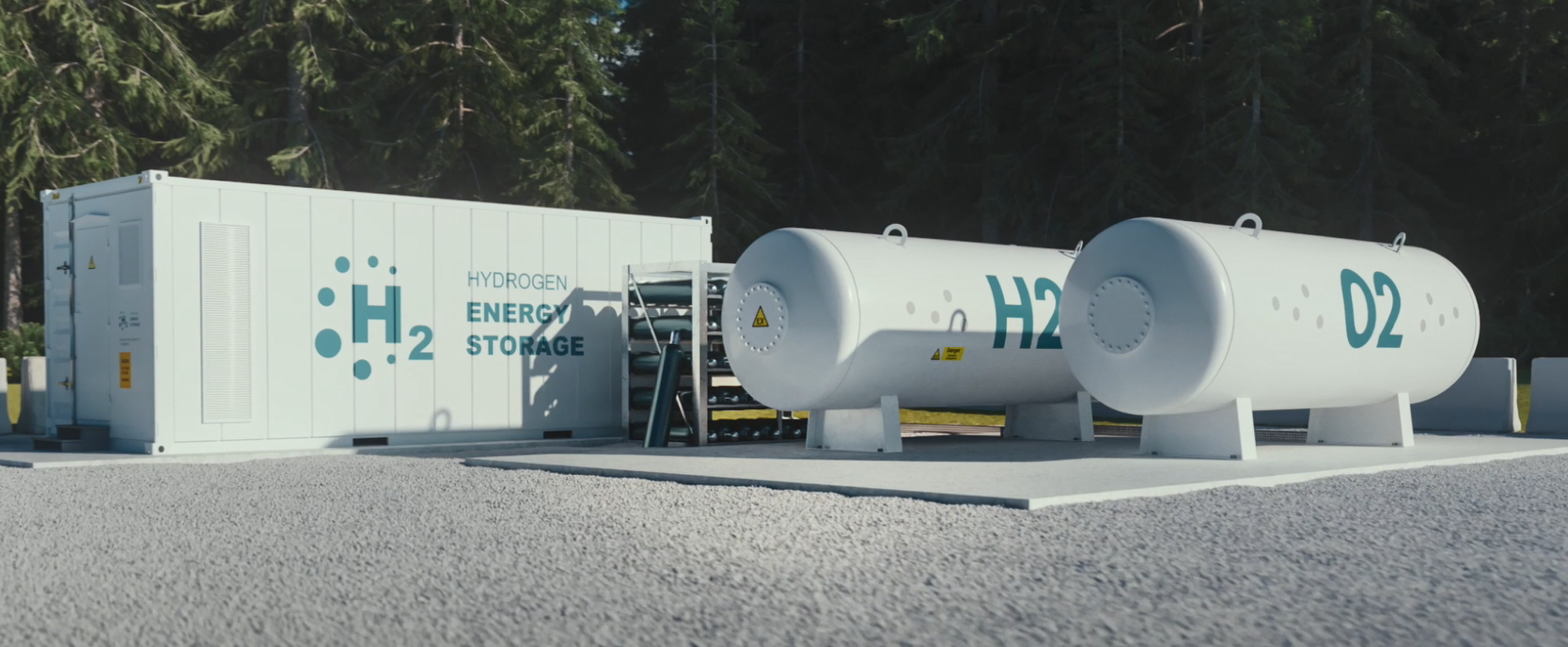Renewable hydrogen could be a competitive alternative from 2030 if the right policies to incentivise investment are promoted
The Naturgy Foundation is publishing a new study in which experts from the Catalonia Institute for Energy Research (IREC) call for precise regulation to scale up the technology, reduce costs and attract investment.
Spain is the country with the greatest output potential in Europe thanks to its geographic conditions and climate, representing a major opportunity for the green economy.
The use of hydrogen to convert electricity into gas would also connect the large gas and electricity infrastructures.

Technological advancements and foreseeable price reductions could lower the cost of producing renewable hydrogen from 2030 if policies capable of helping the technology to be scaled up, costs to be reduced and investment to be attracted are promoted. The Director of the Catalonia Institute for Energy Research (IREC), Juan Ramon Morante, made this statement today at the event held to present the study entitled ‘Hydrogen. Energy vector of a decarbonised economy’, published by the Naturgy Foundation and conducted by a group of experts from the IREC.
Albert Tarancón, one of the authors of the book, explained that “after reaching costs of around 2 €/kg, renewable hydrogen would be competitive in the next decade both with hydrogen of fossil origin and existing fuels, such as diesel or petrol, meaning that this new energy vector would be well positioned not only for transport and industry but also for storing renewable electricity output”.
The development of hydrogen technology will be essential under the European Green Deal and the green economy. The authors claim that the roll-out of a hydrogen economy will help boost the Spanish economy, “with tens of billions of investment between now and 2050, and the need to train technicians and specialists at various levels”.
However, this future scenario requires urgent regulation. The experts from the IREC said that, “given that the new uses and applications for renewable hydrogen are already starting to become a reality through ongoing projects in many European countries, we need to establish proper regulation and origin certification”.
Spain, the country with the greatest potential in Europe
“Spain is a country that is well positioned in Europe to produce renewable hydrogen at a competitive cost and export it to other countries within the European Union”, say the IREC experts. “The renewable energy output potential in Spain exceeds 3,000 TWh/year, in one order of magnitude higher than current electricity consumption and some 30 times greater than current renewable energy output”, they say, “meaning there is capacity for hydrogen production”.
The green hydrogen output potential stands at 1,750 TWh/year due to the geographic conditions and climate in the country, which equates to 11 times the current consumption of natural gas (160 TWh/year) when excluding that used to generate power. These estimates make Spain the country with the greatest hydrogen output potential anywhere in Europe, according to the report
Green hydrogen through gas infrastructure
According to the IREC Director, “renewable hydrogen also has great potential in the field of energy storage, which will be key for the roll-out of the renewable energies planned by the EU to achieve decarbonisation targets”.
“The energy system needs to find a storage solution for short periods, long periods and more seasonal periods, and the only solution we have at the moment is to use a gas”, explained Juan Ramon Morante. He went on to add that, “with hydrogen, we can convert electricity into gas (power to gas) and connect the two major energy infrastructures we already have, electricity and gas, thereby increasing their utility”.
“This new energy vector will allow us to store renewable output by converting this electricity into hydrogen to subsequently inject it into the gas network by mixing it with natural gas or to produce synthetic methane, a gas equivalent to natural gas”, explained Albert Tarancón.
The authors of the report therefore believe “the role of renewable hydrogen as a renewable gas should be included in investment plans under Spain’s Integrated National Energy and Climate Plan PNIEC 2021-2030”.
Based on origin and production process, there are various types of hydrogen: grey hydrogen (which is used today, mainly in industry, and produced using non-renewable materials); blue hydrogen (which is produced by incorporating CO2 capture technologies); and green or renewable hydrogen (a renewable option with zero emissions, produced by electrolysis using water and electricity from renewable sources).
Naturgy Foundation
This new report is part of the activities that the Naturgy Foundation carries out on issues related to energy and the environment, based on serious and rigorous debate, with the fundamental objective of promoting the rational use of energy resources and encouraging sustainable development. Set up by the power company in 1992, the foundation is also engaged in social action programmes both nationally and further afield, by influencing particular initiatives aimed at alleviating energy vulnerability.
Share